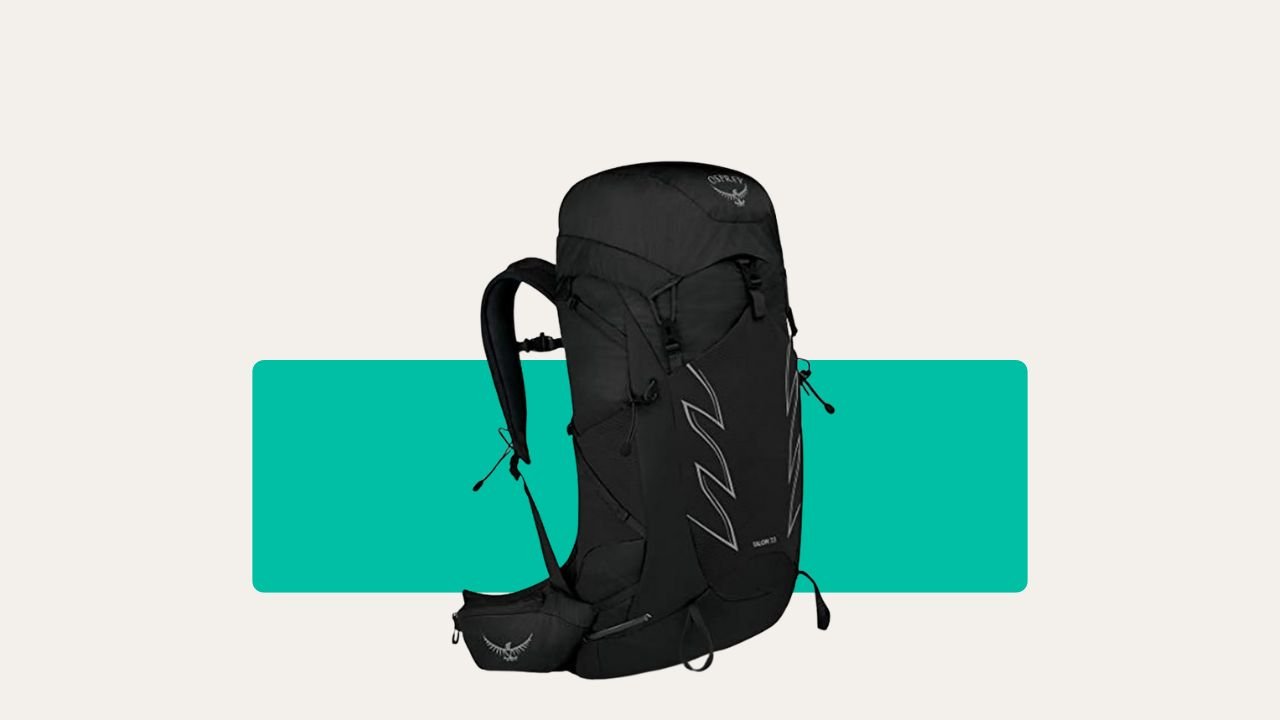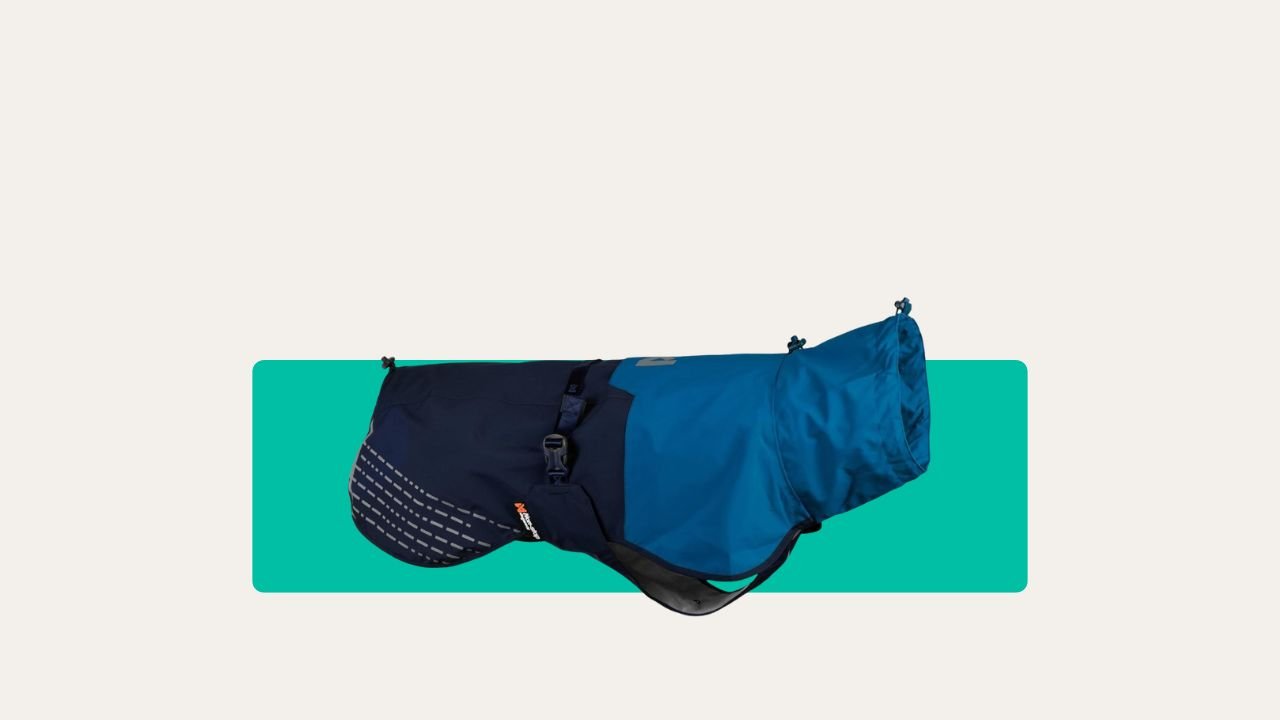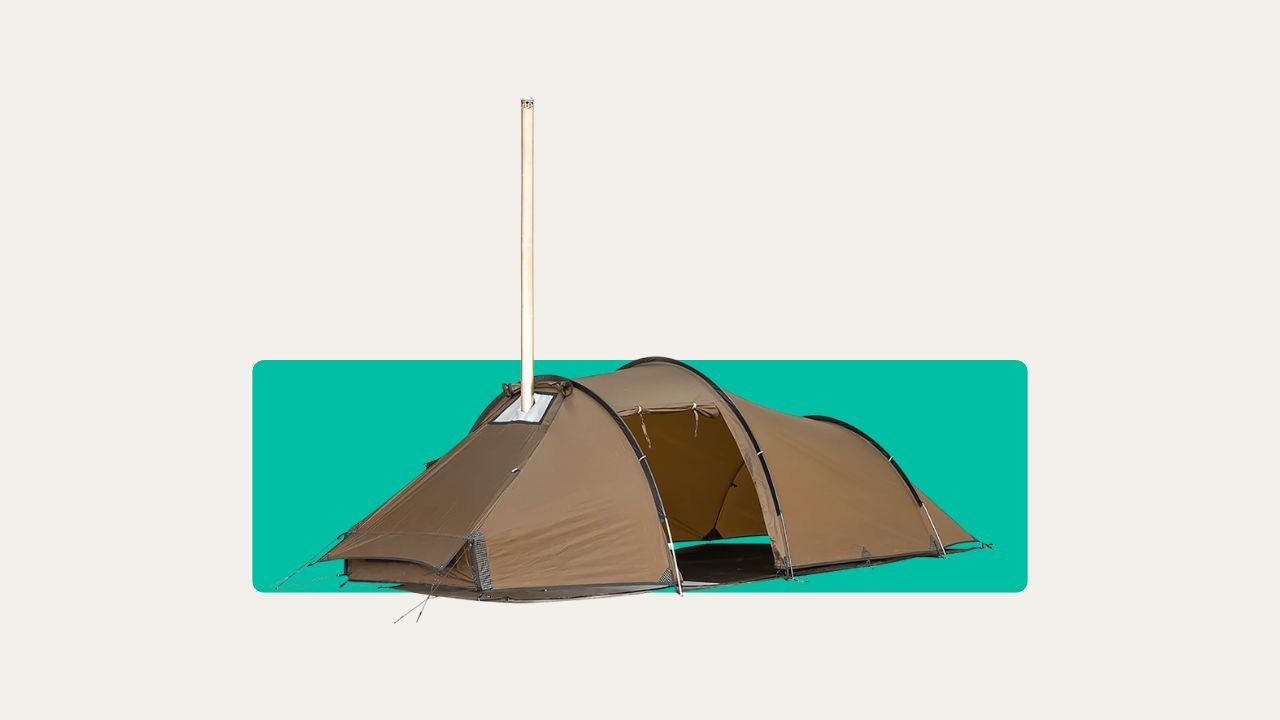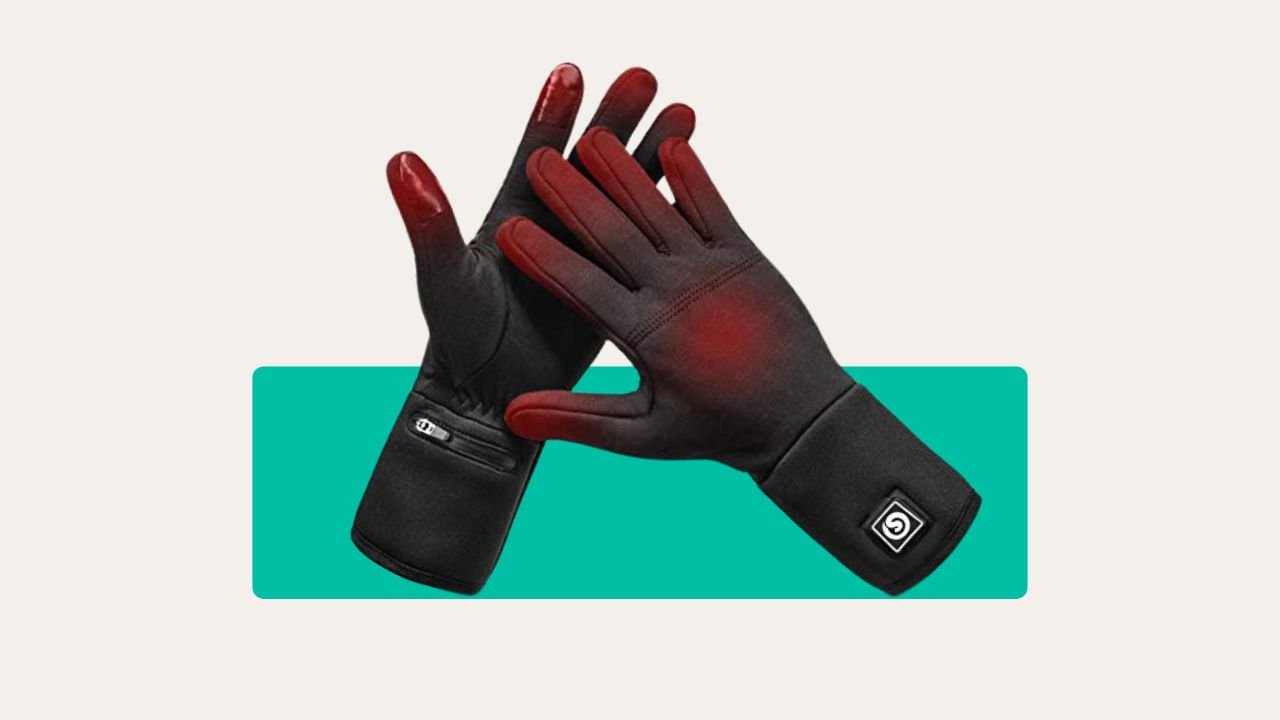Most people think you just need a giant tent or the biggest porch to camp well. Truth is, your choice of tent fabric—whether it’s polycotton or cotton canvas—will make or break your trip before you’ve even pegged it out.
I learned this the hard way after a rain-soaked Easter weekend in Norfolk, where my old nylon dome tent sweated on the inside and leaked from the outside. Trust me, picking the right material is half the battle for comfort, warmth, and staying sane through the classic British drizzle.
What is Polycotton?
Polycotton is a blend of polyester and cotton, usually around 65% cotton to 35% polyester, but it varies. Why mix them? You get some of the best qualities of both—cotton’s breathability and comfort, with polyester’s durability and resistance to rot.
It feels softer and more like fabric than the shiny synthetic stuff, but it’s easier to live with than full canvas. Polycotton tents are well-liked by families and anyone who wants something that works well in all but the roughest conditions.

What is Cotton Canvas?
Cotton canvas is the classic tent material—think scout camps, glamping, and bell tents. Made from tightly woven cotton, canvas naturally breathes and insulates. It’s heavier than any modern fabric, but comfy, solid, and traditional.
A well-maintained canvas tent can easily last for decades. The trade-off? You’ve got to work a bit harder to keep it in shape, and be ready for some heft in your load.
Quick Comparison: Polycotton vs Canvas
| Feature | Polycotton | Cotton Canvas |
|---|---|---|
| Weight | Lighter than canvas, but still sturdy | Heavier, bulky when packed |
| Maintenance | Low upkeep, dries faster | Needs regular care and drying |
| Breathability | Good—far better than polyester, not as airy as full canvas | Excellent—minimal condensation |
| Waterproofing | More water-repellent from the start | Needs “weathering” and treatment |
| Insulation | Retains heat, but can vent on hot days | Superb in all seasons |
| Rot/Mildew Resistance | Better due to polyester blend | Can rot if stored damp |
| Eco-Friendliness | Contains polyester; not biodegradable | Natural cotton; biodegradable |
| Cost | Middle of the range | Usually more expensive upfront |
| Look | Modern, practical | Classic, rustic charm |
Main Advantages of Polycotton Tents
Easier to pitch and carry. They’re noticeably lighter than old-school canvas, so solo campers and families can handle them.
Faster drying and less fuss. You can pack up in a British drizzle, and if you’re careful, mould won’t bother you.
Less condensation. No waking up to drips on your sleeping bag or soggy kit.
Weather-resistant from new. Polycotton tents shed water well, so you’re less likely to get caught out on day one.
Affordable. You get a step up from polyester without splashing out on pure canvas.
Reliable lifespan. Well made polycotton tents last for years if you dry them properly after trips.
I once spent a week wild camping on the Pembrokeshire coast in a polycotton tent. It coped with salty winds, rain squalls, and strong night-time gusts—never once did I wake up chilly or damp.
Drawbacks of Polycotton Tents
Not as “eco” as canvas. That polyester blend means it won’t break down like pure cotton.
A tad heavier than an all-synthetic tent. If you camp alone and move sites a lot, it will matter.
Breathability isn’t quite on par with full canvas. Still much better than plastic feel, but you might notice a difference in muggy weather.
Quality varies. Not all polycotton is made equal—some budget options feel rough or tear easily.
Main Advantages of Cotton Canvas Tents
Unbeatable comfort. Canvas breathes in hot weather and traps warmth when it’s chilly—perfect for changeable UK seasons.
Classic looks. If you want a tent with style—say, for glamping or group camps—it’s tough to beat.
Robust and repairable. Most canvas is thick and shrugs off knocks, UV rays, and accident-prone kids.
Sustainable material. Made from natural fibres; most parts can be repaired or replaced without specialist gear.
Holds up in wild weather. With proper care, a canvas tent can take winter storms in the Scottish Highlands.
Once, deep in the Lakes, my mate’s polycotton tent rattled in a gale while my old canvas bell tent barely moved. That solid feel is peace of mind on stormy nights.
Drawbacks of Cotton Canvas Tents
Heavy and bulky. Hauling a wet canvas tent uphill is a two-person job. Try fitting one in a tiny car boot after an August downpour.
Needs drying—always. Pack away damp, and mould will creep in faster than you can grab your spray cleaner.
Initial cost. Canvas tents are an investment, not a bargain. But cared for, they’ll last far longer than any polyester kit.
More regular treatment. Re-proofing is an annual job. If you forget, rain seeps in, especially along seams and when objects touch the walls.
Can shrink over time, especially if stored wet or unclean.
Key Factors When Choosing Tent Fabric
Making the right call isn’t just about price tags. Here’s what really matters for UK camping:

Trip length. For weekends or festivals, polycotton is lighter and easier. For static camps or glamping, canvas comes into its own.
Typical weather. If you often camp in wet or humid places like Wales or the Lake District, breathability and quick drying will save your sanity.
Care levels. If you’re guilty of packing up in a rush or sometimes forget to dry kit, polycotton is more forgiving.
Transport. Solo hikers and cycle tourers: go light or risk injury. Family campers with big cars or trailers might enjoy a big cotton canvas bell tent.
Camping style. Casual summer trips, or do you camp year-round and want a tent that becomes a “home away from home”?
Eco priorities. Cotton canvas is better for the planet, but polycotton uses less raw cotton and still lasts a long time.
Don’t forget the realities of UK camping: you will get rain, some wind, and the odd muddy field. You need a tent that won’t let you down at 3 a.m. when your sleeping bag has slipped into a puddle.
Which Tent Material is Right for You?
If you want a tent that handles variable weather, is easy enough to pitch and move, and won’t take all day to dry, polycotton is a safe bet. It’s the sweet spot for most families, festival-goers, and anyone stepping up from thin polyester.
If you’re drawn to timeless charm, love camping for days at a time, or you want maximum comfort in all seasons—plus you’re happy to put in work keeping your kit right—investing in a good canvas tent is a decision you won’t regret. Just don’t expect to sling it in the boot wet and forget about it till next time.
Between polycotton tents and canvas tents, there’s no single winner. It’s about your needs, your patience, and how much you value easy care versus lifelong comfort. Pitching in wild places, battling Scottish midge clouds, or drying gear in a dank Northumberland lay-by? I’ve been there, and I can say picking the right tent fabric matters more than any other gear decision you’ll make.
Still not sure? Pop into your nearest outdoor shop and spend time inside both. Smell the canvas. Check the zips. Think about the hikes you’ll take, the storms you might face, or those lazy morning lie-ins. That’s how you’ll know what’s right for you—because you’ll spot what feels like home.
If you want more gear tips or honest camp advice, explore other in-depth camping guides and stories at our main tents buyer’s guide.








